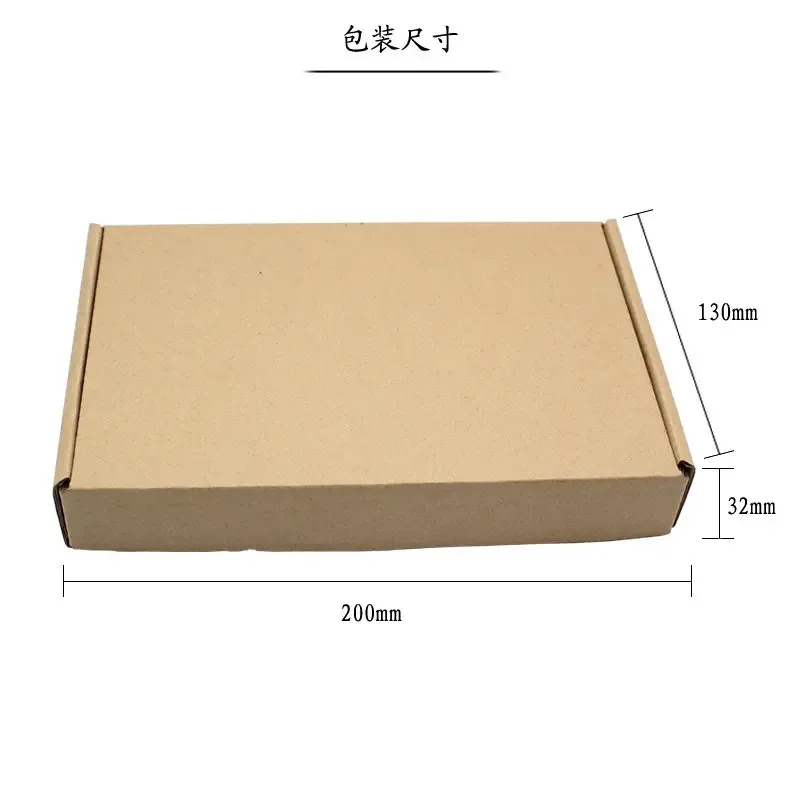


Oct . 23, 2025 14:55 Back to list
Hydraulic Crimping Tool – Precision, Durable & Fast Crimps
Field Notes on the Modern Hydraulic Crimping Tool: What Pros Actually Use
On job sites—from wind farms to a cramped telecom cabinet at 2 a.m.—you quickly learn which crimpers make the cut. I’ve lugged more than a few around, and, to be honest, the right setup saves wrists, time, and expensive rework. Below is the straight story on today’s Hydraulic Crimping Tool landscape, including specs, testing, and where a simple manual set (like classic crimping pliers) still shines.

Trends I’m Seeing
Electrification projects are booming—EV infrastructure, utility upgrades, battery storage. Crews want lighter heads, 360° swivel, and dies that lock positively. Surprisingly, maintenance teams are also asking for hybrid kits: one Hydraulic Crimping Tool for heavy lugs, plus compact manual pliers for data and control wiring. Makes sense.

Representative Specifications
Real-world numbers vary by model, but this is the ballpark most portable 12‑ton class tools hit:
| Crimp force | ≈ 12 ton (≈ 105 kN) |
| Crimp range | 10–300 mm² Cu/Al (dies dependent) |
| Head rotation | 180–360° |
| Stroke | ≈ 16–21 mm |
| Hydraulic pressure | Up to 700 bar |
| Die steel | Cr12MoV/H13, HRC 58–62 (typical) |
| Release | One-hand quick-release; pressure bypass |
For lighter tasks—telephone lines, small gauge control and CAT/telecom—manual “Crimping Pliers” from China-made lines are still wildly popular because they’re compact and forgiving.
Where It’s Used (and Why)
- Power distribution: Cu/Al lugs, busbar tails, meter tails.
- Renewables: combiner boxes, battery racks, MC4 terminations.
- Rail/rolling stock: control looms, traction cabling.
- Datacom: ladder racking to PDUs; for patch, use manual pliers.
Advantages of a good Hydraulic Crimping Tool: consistent compression, lower operator fatigue, compliance with connector standards, and—this matters—repeatable results that pass pull and heat‑rise tests.

How It’s Built and Tested (quick tour)
Materials and process: forged 42CrMo heads, CNC finish, induction‑hardened dies, and nitrided or phosphate-coated surfaces for corrosion resistance. Typical QA includes hydrostatic pressure tests, die alignment checks, and cycle endurance. We’ve seen 20,000–30,000 press cycles on bench rigs with >95% pass rate; salt spray around 72 h on coated parts, real-world use may vary. Compression joints are verified against IEC 61238‑1 Type A (lugs) and UL 486A‑486B pull tests for representative wire sizes [1][2]. Common certifications on the line: ISO 9001; RoHS for materials; some models carry CE. Calibration usually follows ISO/IEC 17025 procedures via accredited labs.
Vendor Snapshot (indicative)
| Vendor | Focus | Typical Range | Notable Points |
| Bilopowtel (Crimping Pliers, China) | Manual pliers; light-duty | Telephone/data, small-gauge | Budget-friendly; customizable dies/branding |
| Mid-tier Hydraulic Brand | 12–16T portable | 10–400 mm² | Good availability; CE; service kits |
| Premium EU/JPN Brand | Battery hydraulic | Up to 630 mm² | Data logging; advanced safety bypass |

Customization & Real Feedback
Custom die sets (hex, indent, oval), company logos, and grip colors are common. Many customers say a bright grip color reduces loss on messy sites. One utility buyer told me they spec a laser-etched die size because paint marks wear off after the first season.
Mini Case Files
- Wind O&M: 185 mm² lugs, battery hydraulic reduced climb time ~18% vs pump-type.
- Rail carriage refit: mixed kit—manual pliers for signal/control, hydraulic for main feeds.
- Data center: verified pull tests surpassed UL 486A‑486B minima on 35 mm² Cu by ~12% in-house.

Bottom line: pick a Hydraulic Crimping Tool that matches your connector standard, wire range, and test regime—and keep a trusty set of manual pliers nearby for the small stuff. It’s not glamorous, but it’s how projects pass inspection the first time.
Authoritative citations
- IEC 61238‑1: Compression and mechanical connectors for power cables.
- UL 486A‑486B: Wire connectors and soldering lugs for use with copper conductors.
- ISO 9001: Quality management systems—Requirements.
- ISO 9227: Corrosion tests in artificial atmospheres—Salt spray tests.
Latest news
Hydraulic Crimping Tool – Precision & Heavy-Duty Speed
NewsNov.05,2025
Cable Pulling Swivel | High-Strength, Anti-Twist, Stainless
NewsNov.04,2025
Cable Pulling Tools – Pro-Grade, Safe, Fast Install
NewsNov.03,2025
Hydraulic Crimping Tool – Fast, Precise, Quick-Change Dies
NewsNov.02,2025
Hydraulic Crimping Tool for Sale | Fast, Precise, Heavy-Duty
NewsNov.01,2025
Duct Rodder for Sale – Non-Conductive, Durable Fiberglass
NewsOct.31,2025









